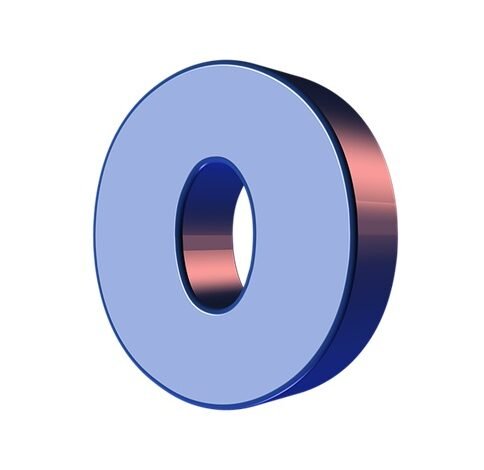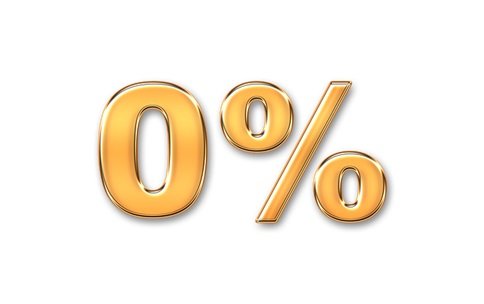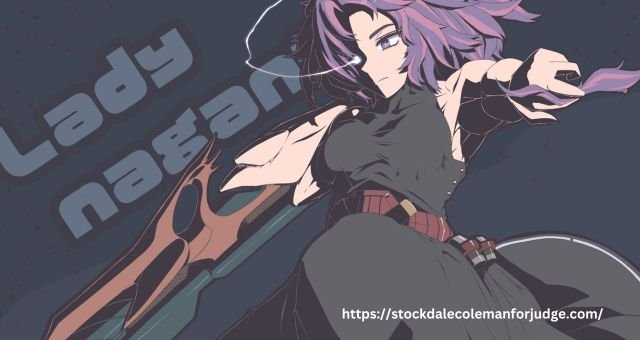Revealing The Easiest Way to Get a Billig Forbrukslån

The cheapest consumer loan is not always the financial solution with the lowest interest rate. How will you know the cheapest option when you find it?
Costs with lending products can range vastly from one to the next, making it necessary to read each line of the agreement, including the fine print, add all the fees with the interest, and consider lender criteria.
Of course, interest is the primary factor in deciding the loan price point, with rates ranging based on the loan provider, lending product, and the borrower. The best way to learn how interest will affect the overall price is with the help of a personal loan calculator.
These will allow you to input the fees along with the interest. These include the prepayment penalty, origination fee, and late charges. Not all of these are consistent with each loan provider.
It’s essential to compare lenders for the most competitive rates and the least fees, ensuring you understand the applicable fees. Also, review your credit profile since the cheapest loan will go to the individual with stellar credit, sound financial standing, and low debt.
Which Loans Are Cheapest

When looking at things on an equal scale, the cheapest financial solutions would be a credit card with a 0 percent introductory APR or a zero-interest loan. While these loans will have fees, no interest for the promotional period allows considerable savings.
As long as the balance is repaid before the introductory period ends, these offers will be among the cheapest lending. These are typically offered to borrowers with good to excellent credit as an incentive to do business with a particular creditor.
The lender doesn’t make a lot of profit from this when the borrower pays in a timely manner. Some examples of interest-free loan choices available on the market can include the following:
- 0 percent payment options with healthcare or medical care facilities
- 0 percent financing options with vehicle manufacturing
- 0 percent programs like buy-now-pay-later or with retailers when making a purchase
- 0 percent APR Introductory offer with credit cards for either balance transfer or purchasing
Most of these offers have conditions including having good to excellent credit to qualify. These offers are available randomly and only in some locations. Reading the fine print will reveal the potential for deferred interest if the balance is not paid before the introductory period ends.
Sometimes the interest charged moving forward will be inflated compared to what you might have paid had you chosen another option.
Understanding Varied Types of Credit

When you don’t meet the criteria for an interest-free loan, or there’s not one available, a personal loan can be a favorable alternative. There are various personal loan types, some directed toward consolidating debt or other more specific purposes, and some with no restrictions. Please visit forbrukslån.no for more details on these products.
As a rule, the personal loan provides the borrower moderate funds with lower rates than are typical with credit cards. When deciding on a loan type, two categories are decided by whether collateral is required to cover the value of the balance and how the balance will be repaid.
The debt type will impact the interest, something you should be aware of when deciding to take a loan.
Secured or collateral loan
A collateral or secured loan is one where the borrower needs to put up an asset of value to cover the loan’s balance. Typically, this would include a house, property, a vehicle, savings, and on.
These loans are typically for much higher amounts and can come with a lower interest rate, like a house loan, with the home serving as the collateral. Lenders will assess creditworthiness, finances, and debt status to determine eligibility but the brunt of the risk for these products falls with the borrower.
If there’s a default, the lending agency will seize the asset to recover the loan balance.
Unsecured or non-collateral loan
A non-collateral loan is also referred to as a signature loan. With this, the borrower only needs a signature indicating the balance will be repaid in full. There’s no asset to secure the balance. The brunt of the risk is placed with the lending agency.
The provider assigns a higher interest rate and a lower borrowing amount in an effort to keep the risk as low as possible. The borrower still has the opportunity for a lower rate based on a good credit profile, sound finances, and low debt. Most personal loan products are unsecured or non-collateral.
If there is a default on the loan, it is possible for the lender to pursue wage garnishment or attach the client’s bank account to try to recover as much of the remaining balance as possible. This can be determined by filing with the court system.
Revolving credit vs installment loans
Another debt type to consider is revolving debt for which credit cards are among the most familiar in this category. The issuer gives the client access to a line of credit that can be used to borrow funds as needed. Interest is only paid on these accounts if you use the credit line.
The only requirement is that the minimum amount due be paid each month; otherwise, there’s incredible flexibility with the debt repayment. Financial experts suggest that you keep the balance low so that you can repay it in full with each invoice to spare having any interest due, but that’s not the rule.
You can pay a different amount with each installment, but you must recognize that you’ll accrue compounding interest as the balance carries over. For the benefits you get with credit cards, you also pay a much higher interest than is standard with a personal loan product.
A personal loan is an installment loan paid back in equal monthly payments with fixed interest over the loan’s life for a set term. Go here for further details on how to get the cheapest rates for a personal loan.
How Can You Achieve the Cheapest Rate on a Loan

In order to get the best interest rate on a loan, creditworthiness is a primary consideration. The best credit profile allows for the lowest rates. Plus, comparing lenders for competitive rates and the least fees is a priority. Here are tips on securing the cheapest loan.
Review your credit profile and score
A priority before applying formally for a loan is to assess your credit profile and score to see if you will meet the basic criteria to achieve a low rate with most lenders. That would involve a good to excellent score.
In addition to the score, creditors will review the profile for payment behavior and debt status to see if you can repay another obligation. If you notice discrepancies or errors with the profile, it’s essential to have these corrected via a dispute with the bureau to avoid negative repercussions.
Making improvements
The best proposals from most banks will come assuming you have a fantastic FICO rating. Assuming your FICO assessment is not exactly positive, this is the kind of thing you’ll need to work on to meet all requirements for the least expensive rates. While it’s not really something you can do quickly, there are things you can do to raise the score.
Pay debt on time and consistently
- Keep your credit utilization score low by paying balances down
- Add positive details including utility payments, rent, streaming services to your credit report to boost the score
- Any collections or past due accounts should be paid up to date or in full to help improve the profile.
Other debt obligations
The DTI- debt to income ratio compares debt obligations with monthly income, with some providers considering all debt, including rent or mortgage responsibilities.
When you eliminate debt, the ratio decreases allowing the lender to lower your interest and potentially offer a higher loan amount. It shows them you can afford to pay the balance.
You can also possibly qualify for a higher loan amount and lower interest if your income is better. You may get a promotion, a raise in pay, or take on another job. Finding out what you can count as income like investment sources is essential.
Final Thought
When comparing financial solutions, it’s important to consider that the lending option with the lowest interest rate is not necessarily always the cheapest choice. There are other factors to think about, including fees.
The loan agreement should be read through thoroughly, including the fine print, ensuring you understand the fees and their association with the product.
The goal in finding the cheapest loan is reviewing your credit profile and score to see if you meet the creditworthiness aspect of the criteria for most lending agencies, which requires a good to excellent score.
With excellent credit, sound finances, and a low debt ratio, loan providers will see you as someone who can repay the borrowed balance. You’ll qualify more readily for a higher amount and lower interest, a cheaper product.












